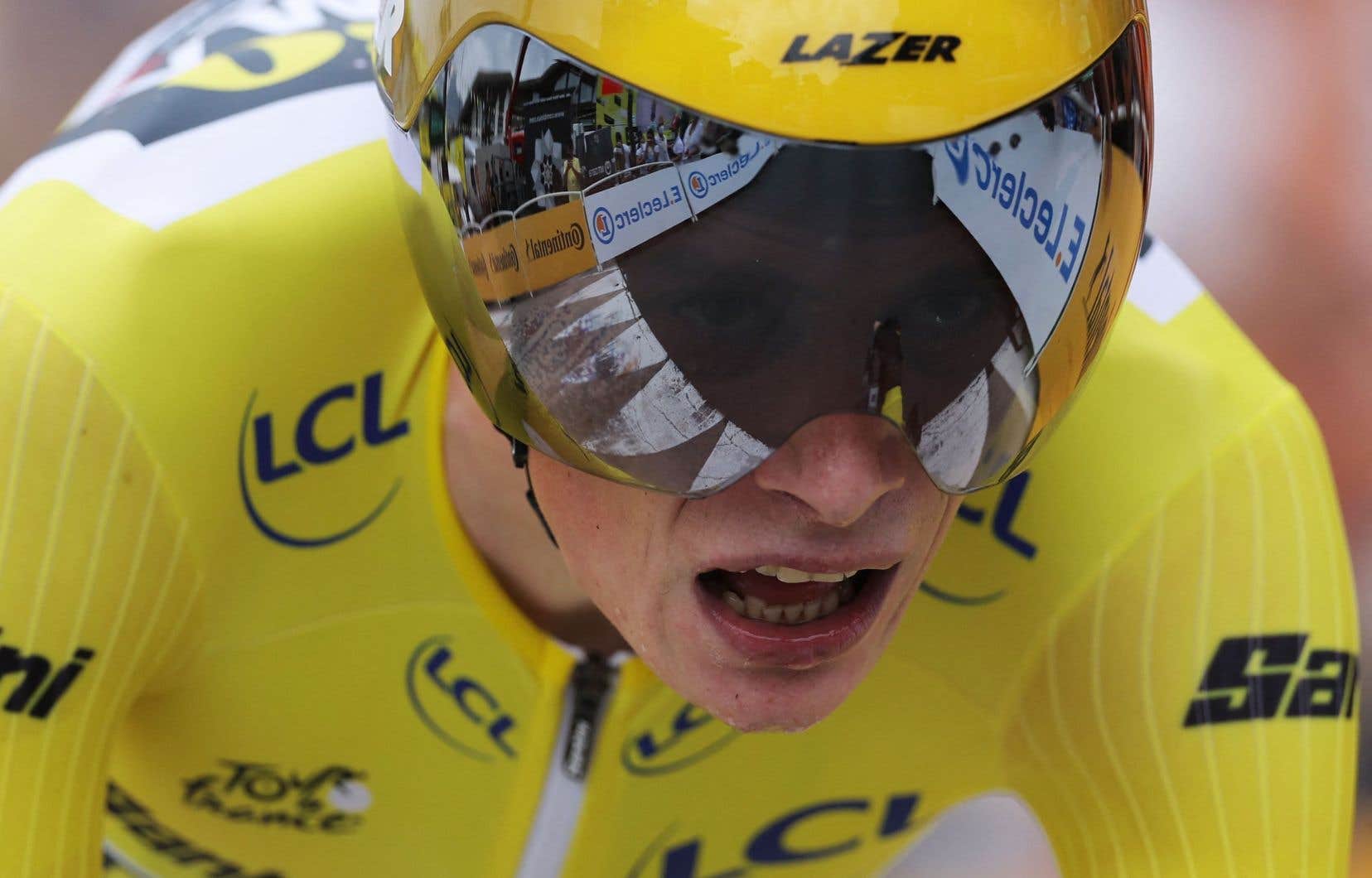On the eve of the arrival in Paris, the 20th stage of the Tour de France offers Saturday a final slide of passes in the Vosges on a course conducive to a great battle, in the absence of suspense for the final victory.
The huge lead of the yellow jersey Jonas Vingegaard (7:35 over Tadej Pogacar) annihilated the dream scenario of a final boss fight between Belfort and Le Markstein.
But the profile of this very compact stage remains extremely attractive. It will start at the foot of the Belfort lion to end at the Markstein, taking the Ballon d’Alsace, the Croix des Moinats, Grosse Pierre, Schlucht, Petit Ballon and Platzerwasel passes.
That is six climbs listed for a positive elevation of 3,500 meters over 133.5 km of racing. A condensed, ultra-dynamic and very rugged format.
“We are trying to offer something in the penultimate stage which could still upset the rankings. It’s tough, rough, conducive to attacks and high intensity, ”underlines the Tour tracer, Thierry Gouvenou.
After an ascent of the Ballon d’Alsace by its less difficult side (11.5 km at 5.2%), the stage should come alive in the Col de la Croix des Moinats (5.2 km at 7.1%). And especially the Col de Grosse Pierre where the organizers have unearthed an alternative – the Traverse de la Roche – offering a terrible raid of 1.2 km at 12.2% on average with passages at 18% where the peloton had exploded in 2014.
The definitive explanation should take place in the last two climbs, the Petit Ballon (9.3 km at 8.1% with a very rough surface) and the Platzerwasel (7.1 km at 8.4%), a sequence taken in 2022 by the women’s Tour de France, before arriving on the plateau at Marktstein.
“The Petit Ballon / Platzerwasel sequence hurts a lot”, explains Thibaut Pinot, the regional of the stage who knows every centimeter of these passes where he can expect a volcanic welcome from the public.
If Vingegaard has almost assured victory, he will have to be wary of the descent of the Petit Ballon, very technical. It is here that the Spaniard Alberto Contador fractured his tibia in 2014 in a fall.
“She is very tricky,” confirms Pinot.
The format of a road race on the eve of the finish, rather than the traditional time trial, had already been tested several times, especially in the Alps lately, such as in Val Thorens in 2019, Morzine in 2016 and Alpe d’Huez in 2015.
